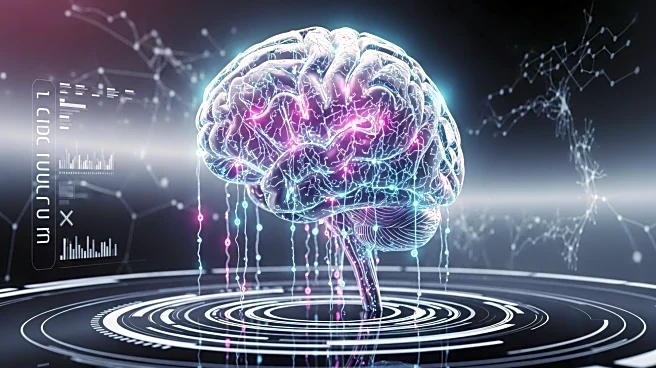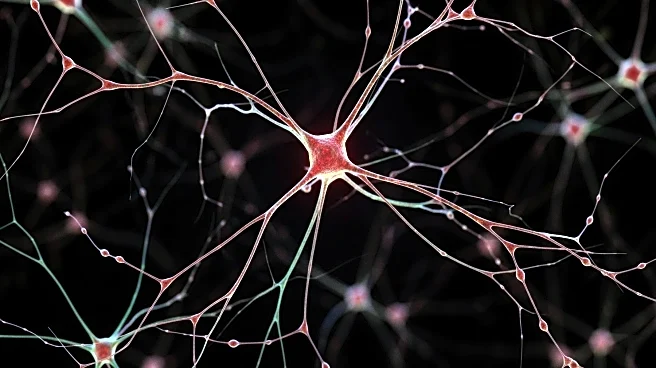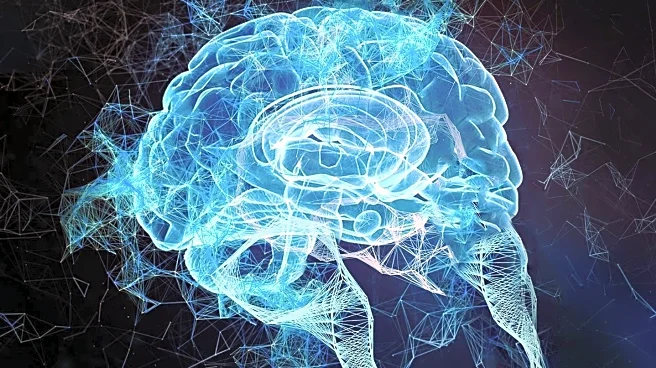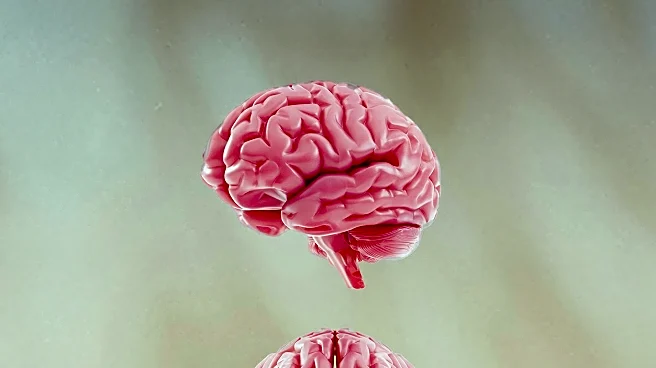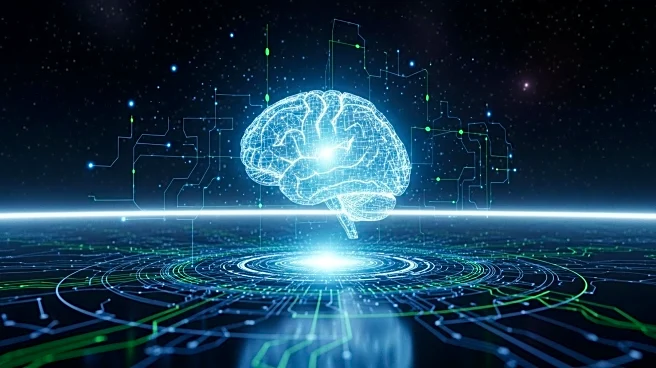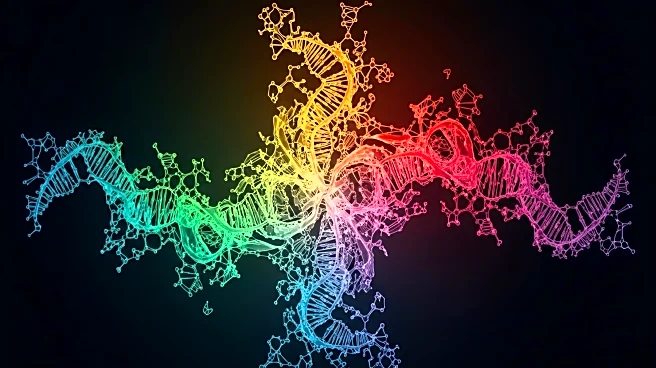What's Happening?
Researchers at BGI-Research have developed a novel RNA-mapping method, Stereo-seq V2, which could allow scientists to analyze preserved brain tissue at the cellular level. This technique, presented in the journal Cell, enhances the precision of RNA mapping, enabling visualization of gene expression with unprecedented detail. The method may one day be used to examine what made Albert Einstein's brain unique, if suitable tissue can be obtained and analyzed. The technique aims to improve diagnostics and treatment for rare diseases but also offers potential for studying historical specimens. Einstein's brain, removed during his 1955 autopsy, has been fragmented and largely inaccessible to modern research. The new method could overcome past hurdles in analyzing degraded samples, offering insights into the biological foundations of intelligence.
Why It's Important?
The development of Stereo-seq V2 represents a significant advancement in the field of neuroscience and genetics, potentially transforming how scientists study the brain's molecular structure. By enabling detailed analysis of preserved brain tissue, the technique could provide insights into the biological factors contributing to intelligence and cognitive abilities. This has implications for understanding neurological patterns and development, potentially influencing research in mental health, cognitive disorders, and brain function. The method's ability to analyze legacy samples also opens new possibilities for studying historical figures and reexamining past scientific findings, contributing to a deeper understanding of human cognition.
What's Next?
Researchers may seek access to preserved brain tissue from historical figures like Einstein to apply the new RNA-mapping technique. This could lead to discoveries about the molecular basis of intelligence and cognitive function, influencing future studies in neuroscience and genetics. The method's application in medical diagnostics and treatment for rare diseases is also expected to expand, offering new approaches to understanding and addressing neurological conditions. The scientific community may explore collaborations to leverage the technique's capabilities, potentially leading to breakthroughs in brain research and personalized medicine.
Beyond the Headlines
The possibility of analyzing Einstein's brain raises ethical considerations about the use of historical specimens in scientific research. It also challenges the notion of genius, suggesting that intelligence may be influenced by complex biological factors rather than a single genetic key. The technique's development highlights the role of technology in advancing scientific inquiry, emphasizing the importance of interdisciplinary collaboration in uncovering the mysteries of human cognition. This could influence public perceptions of intelligence and the value of scientific exploration, promoting a broader understanding of the factors contributing to cognitive abilities.

